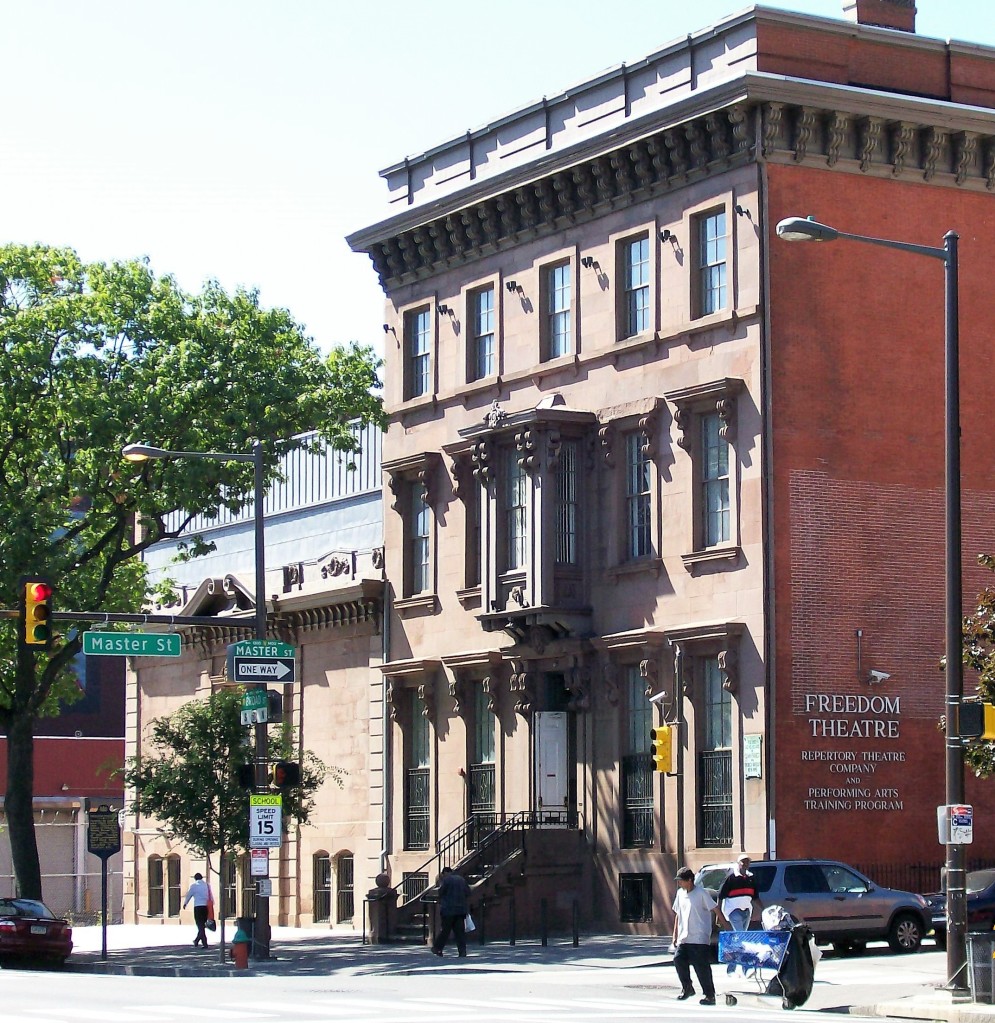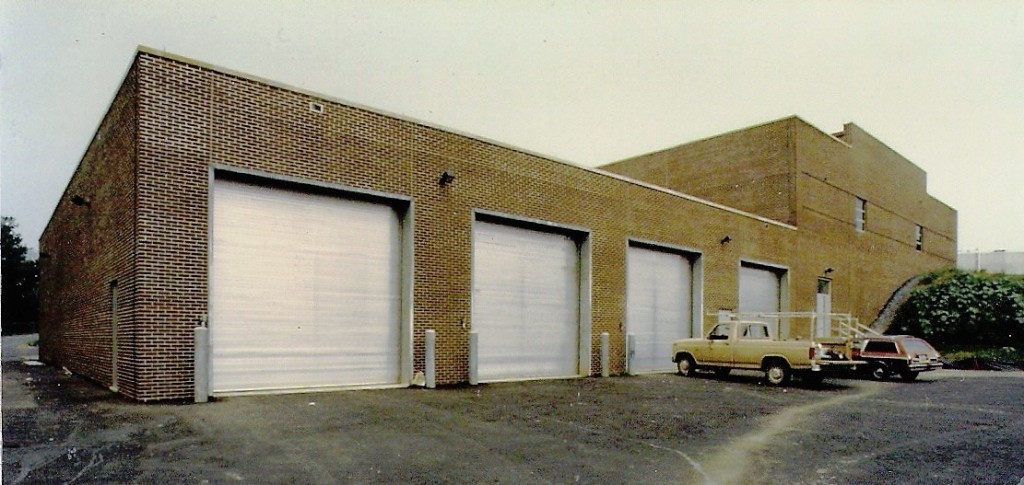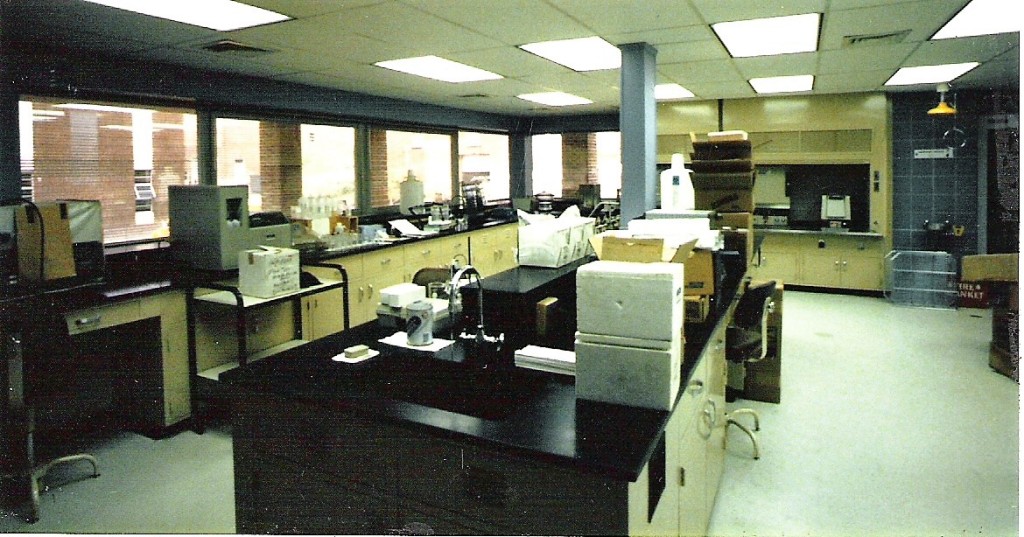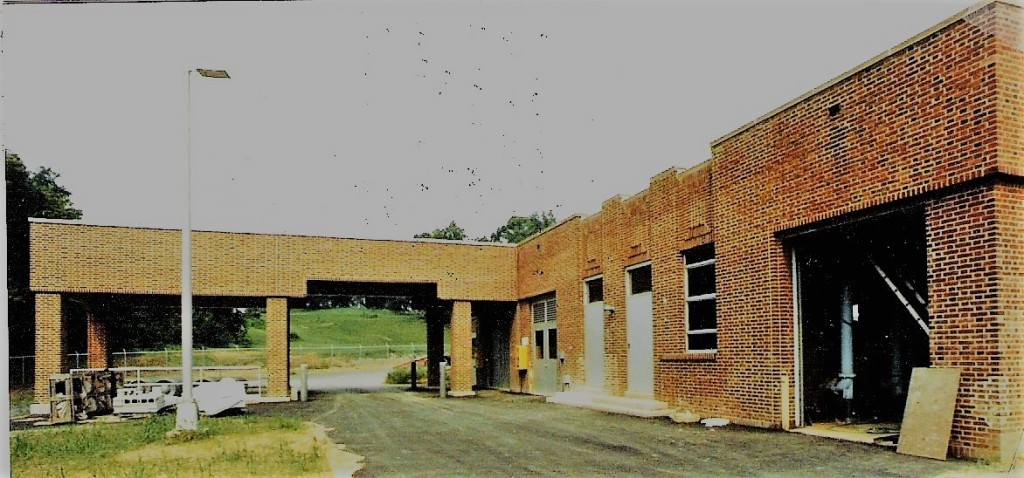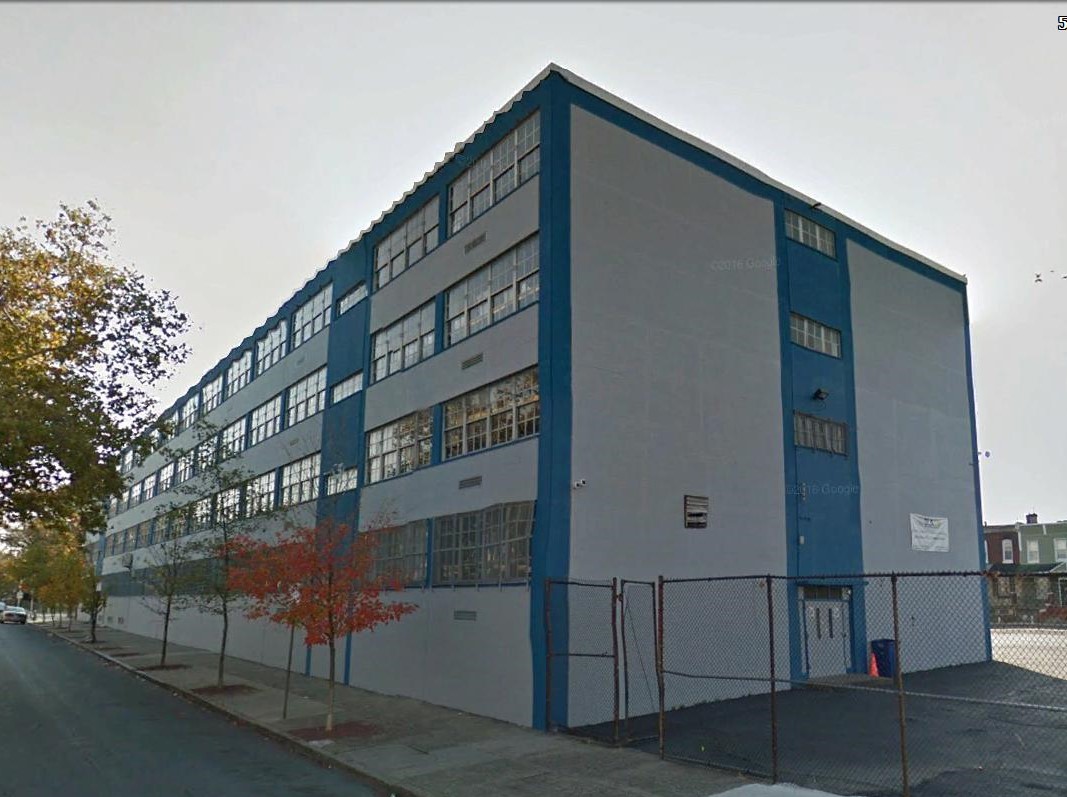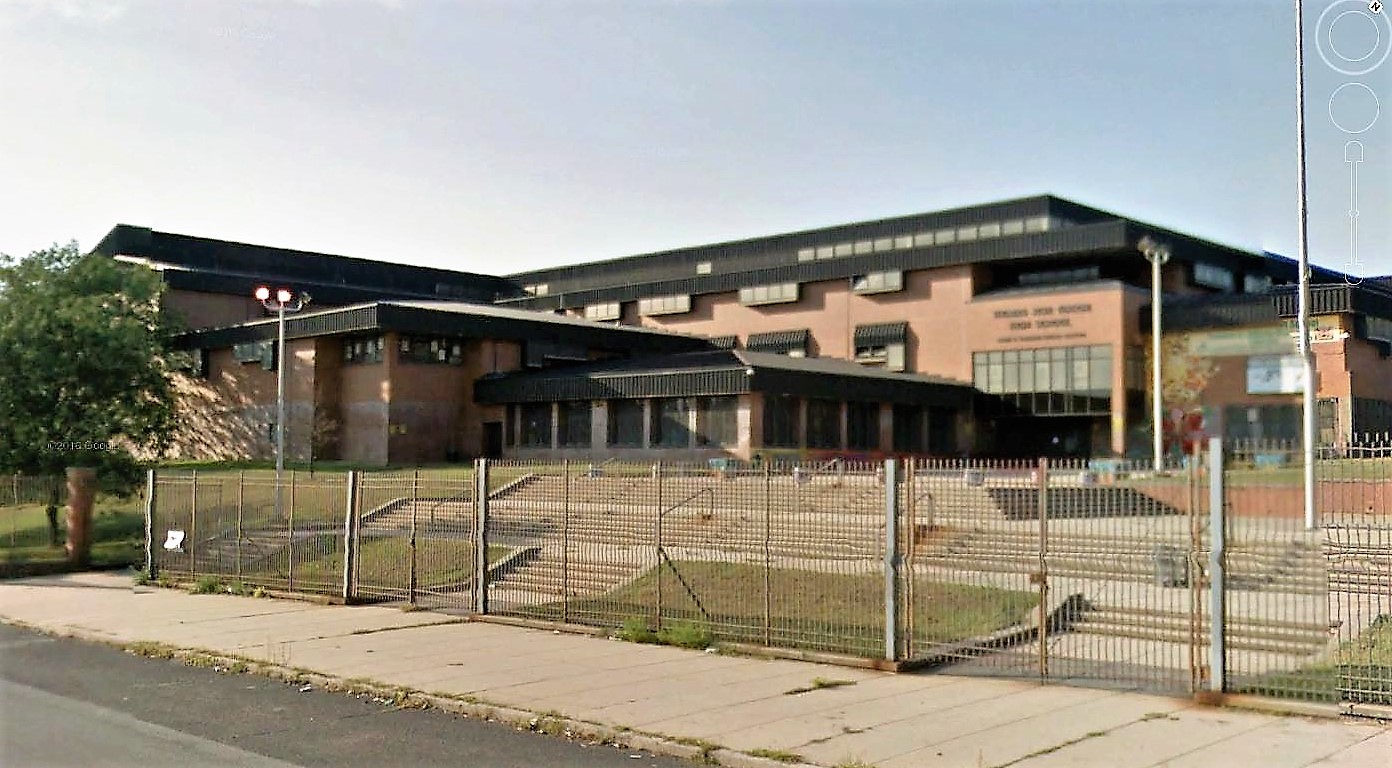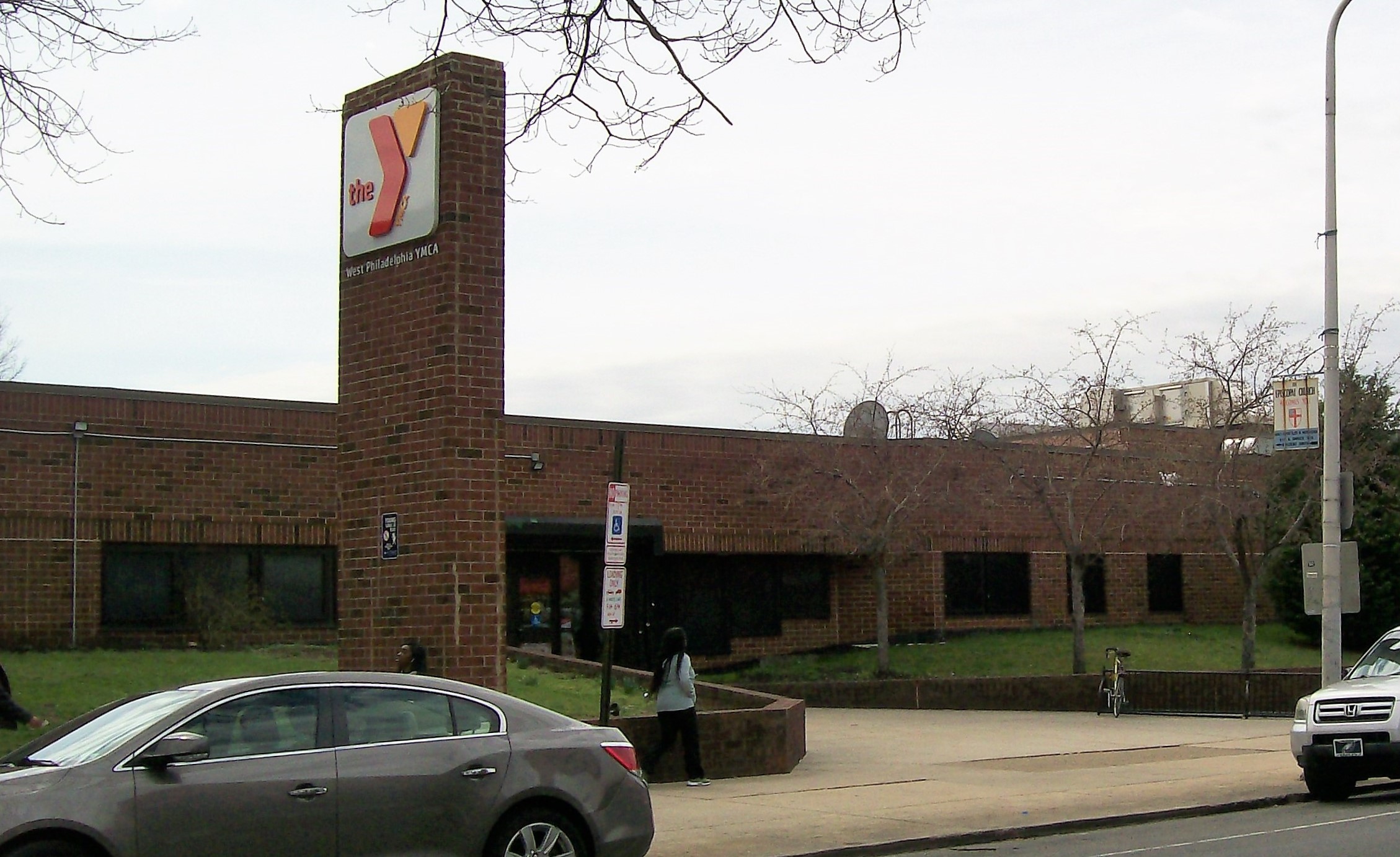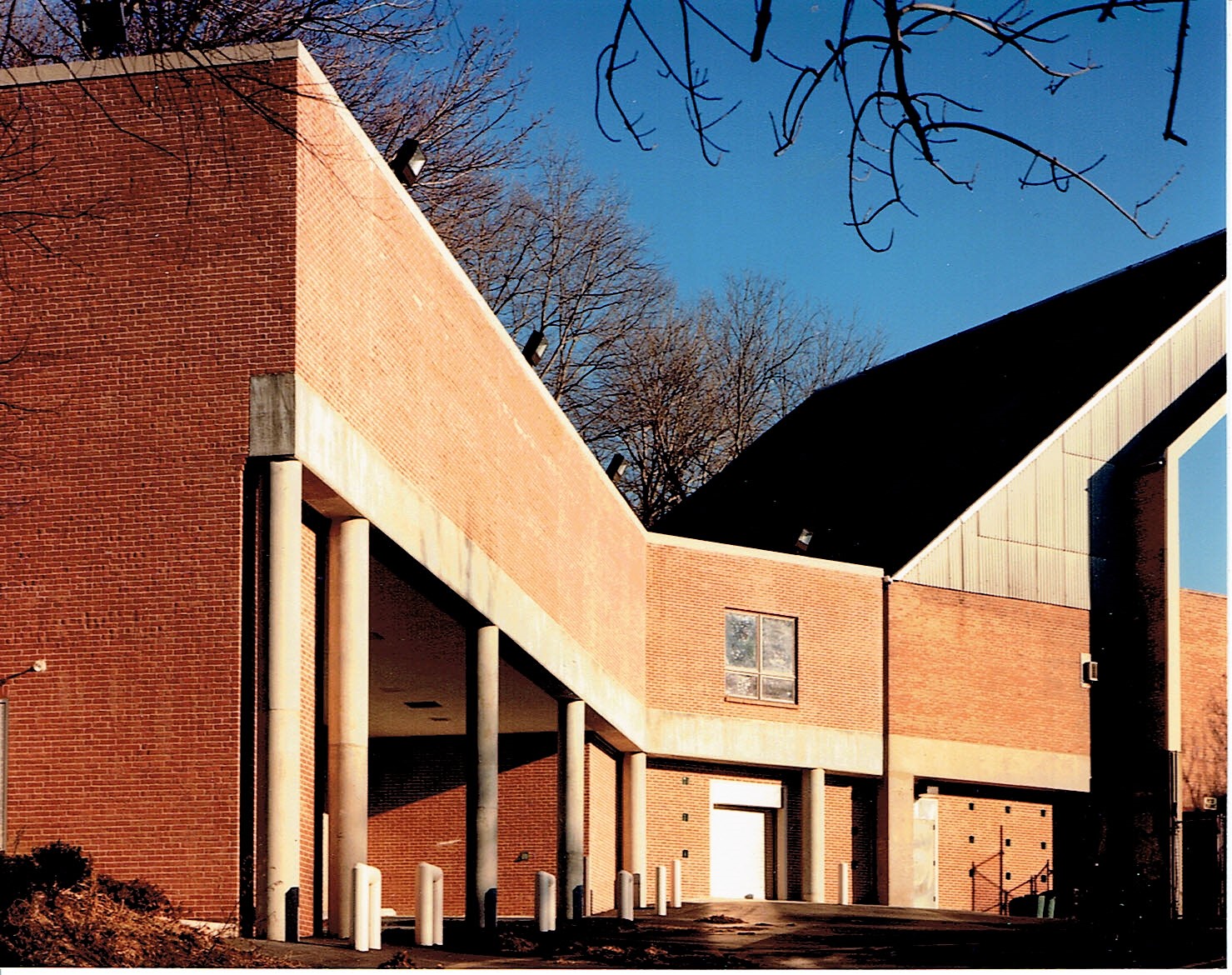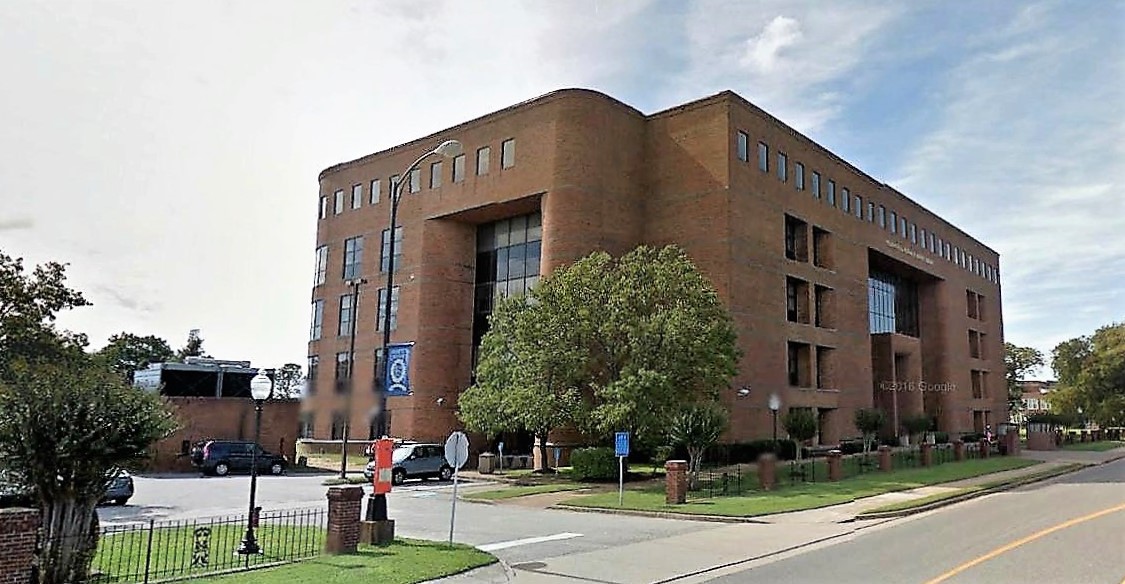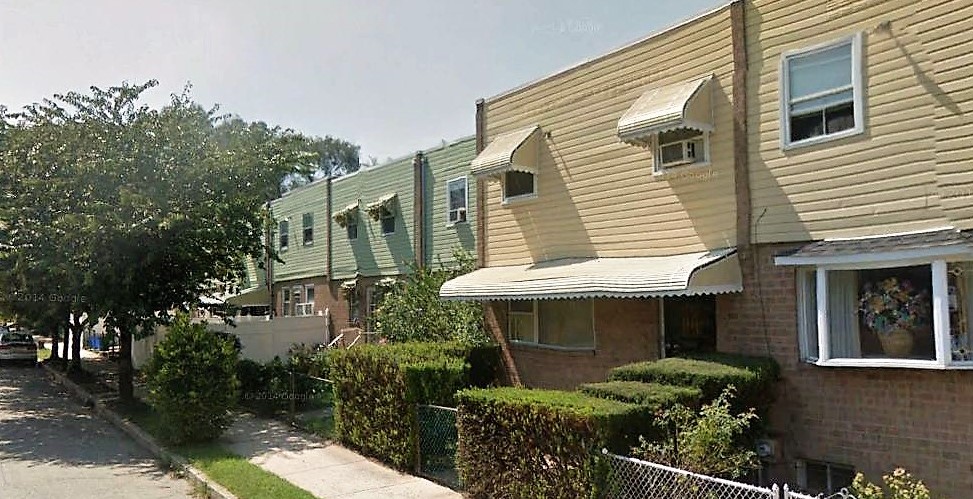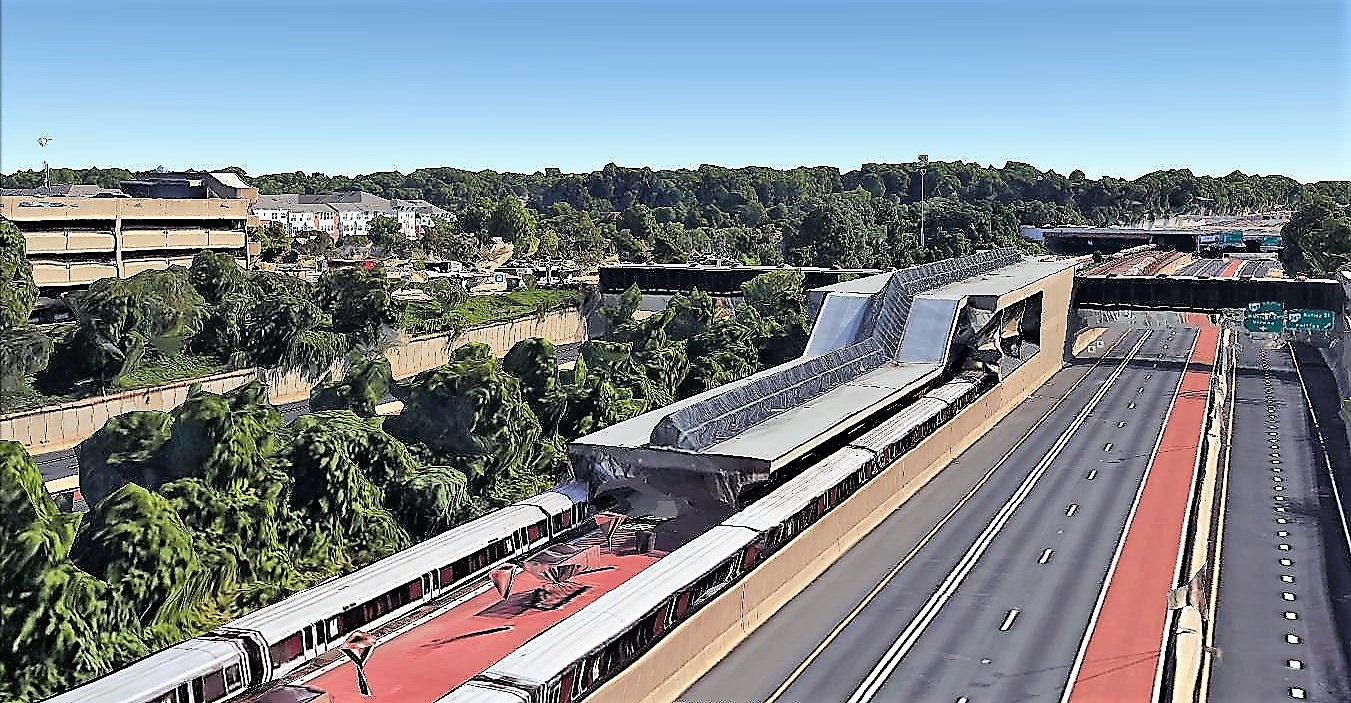ROBERT SAXON (1942- ) THEODORE CAPERS (1943-1990)
Although Robert Saxon and Theodore Capers were born and raised in West Philadelphia, they never met until each had started to practice architecture in the “City of Brotherly Love”. Ted had studied at Howard University and Penn and apprenticed at the venerable firm of Hatfield, Martin, and White. After receiving his degree from Penn State in 1965, Saxon spent two years with US Army Corp of Engineers, three years with the National Park Service and 5 years with Victor Wilburn before venturing out on his own in 1975. The federal Community Development Block Grant program had just begun and community organizations all over the city were receiving grants to fund development programs at the neighborhood level. Ted was working with Germantown Settlement and Bob with the Harrisburg Housing Authority, Taller Puertorriqueno, and the Philadelphia Housing Development Corporation (PHDC).
It was 1978 when Freedom Theater received money from the Commonwealth to renovate its new home: the historic Edwin Forest Mansion at Broad and Master Streets . Ted Capers and Bob Saxon – sole practitioners at the time – were each a prime candidate for the Freedom Theatre commission, and each viewed the commission as the impetus to “putting them on the map”. It was a few years after the Federal Government initiated the Community Development Block Grant Program to help neighborhood organizations “revitalize” the urban environment. Ted was working with Germantown Settlement and Saxon had just completed the Taller Puertorriqueño’s new home at Fifth and Lehigh. But of course, there were ten times as many firms competing for the job and the chance to work for and with John Allen and Bob Leslie – Freedom Theatre’s founders. The project was to create a new home for Freedom Theater. 1346 North Broad Street was built in 1854 and was the home of Shakespearean actor Edwin Forrest until 1872. It was original home of the Philadelphia School of Design for Women (Moore College of Art) from 1880 to 1960. It would now become home to the nation’s premier Black-owned performing arts school and theater. The scope of the project would take years to complete and much more money than had been allocated.

But this was the start of a relationship that a practice – especially a Black practice – could build on. Bob and Ted responded to the advertisement as a joint-venture and won the commission. SaxonCapers Architects, PC was born! The firm went on to design a new Crash Fire Station at Philadelphia International Airport, the Laura Simms Ice Rink in Cobbs Creek Park, and the historic restoration of Emlen Hall at Cheyney University of PA. SCA also led the project team that restored the Reading Terminal Market as part of Philadelphia’s Convention Center redevelopment in 1995.

In 2000, SaxonCapers created this branch bank (originally built for ING bank) by connecting 3 existing properties on the southeast corner of 17th and Walnut stretching south on 17th Street. It had a beverage counter, lounge area, computer stations and restrooms for the public as well as administrative space on the second floor. The general contractor was Artis T. Ore, Inc.


Huth Engineering of Lancaster, PA selected SaxonCapers to join their team as architects for the city of Lancaster, PA’s new sewage disposal complex. Harry Purnell, PE was the structural engineering consultant.

